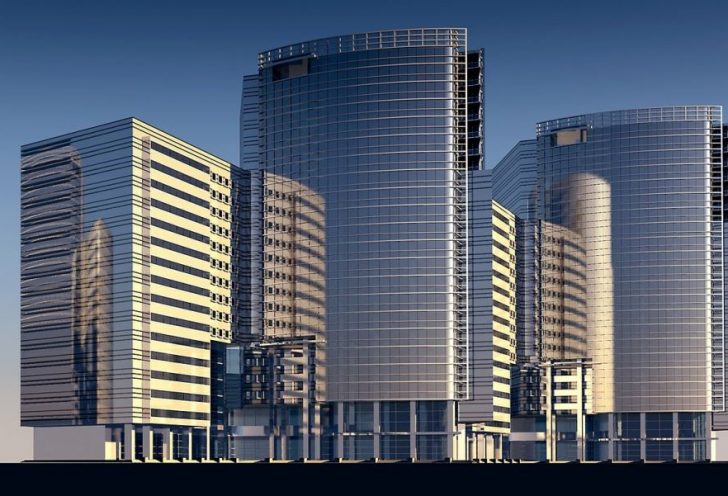Alvar Aalto – En mästare av arkitektur och design

Introduction
Alvar Aalto Buildings: Masterpieces of Architecture and Design

Alvar Aalto was a renowned Finnish architect and designer who made significant contributions to modern architecture. His innovative style, characterized by the fusion of functionality and nature-inspired elements, has made his buildings iconic and influential worldwide.
Overview of Alvar Aalto Buildings
The Genius Behind Alvar Aalto’s Architecture
Alvar Aalto’s buildings embrace the principles of functionalism while incorporating organic forms and natural materials. His designs were driven by the belief that architecture should enhance the human experience and harmonize with its surroundings. Aalto’s work encompasses a wide range of building types, including residential houses, public institutions, and cultural landmarks.
Presentation of Alvar Aalto Buildings
Diverse Structures Reflecting Aalto’s Imagination
Alvar Aalto’s architectural portfolio is a testament to his genius and versatility. From the iconic Paimio Sanatorium to the majestic Finlandia Hall, his buildings showcase innovative design elements such as undulating facades, harmonious use of light and materials, and integration of nature into the built environment. Each structure is a unique masterpiece that reflects Aalto’s vision and attention to detail.
Popular Alvar Aalto Buildings
Treasures That Have Captivated the World
Several Alvar Aalto buildings have gained international fame and popularity. The Villa Mairea, with its mix of modernist and traditional Finnish elements, has become an architectural symbol. The National Pensions Institute in Helsinki, with its distinctive wave-like form, is another renowned work of Aalto. His furniture designs, such as the iconic Aalto stool and the Paimio chair, have also become design classics.
Quantitative Measures of Alvar Aalto Buildings
Analyzing Aalto’s Impact
Quantitative measurements can help us assess the impact and significance of Alvar Aalto buildings. The number of international awards won by his structures, such as the prestigious Pritzker Architecture Prize, highlights their global recognition. Moreover, the number of visitors to Aalto’s buildings and the revenue generated from tourism underline their enduring popularity.
Discussion on the Variations in Alvar Aalto Buildings
Exploring the Spectrum of Aalto’s Creations
Despite a common design language, Alvar Aalto’s buildings exhibit variations influenced by their purpose and location. Some structures, like the exquisite libraries, focus on creating a serene and contemplative atmosphere. Others, such as the cultural centers, emphasize a harmonious interaction between architecture and the community. Aalto’s ability to adapt his style to diverse contexts showcases his brilliance as an architect.
Historical Overview of the Pros and Cons of Alvar Aalto Buildings
Examining the Legacy of Aalto’s Designs
The historical context of Alvar Aalto’s buildings reveals both advantages and disadvantages. Aalto’s emphasis on functionality and human-centric design has been praised for creating spaces that are both aesthetically pleasing and practical. However, some critics argue that certain structures lack adaptability to changing needs. Nevertheless, Aalto’s legacy remains unmatched, and his buildings continue to inspire architects worldwide.
Conclusion
Alvar Aalto’s Legacy: Eternal Beauty and Innovation
Alvar Aalto buildings stand as timeless masterpieces, reflecting the genius of an architect who merged functionality with organic design. From his iconic structures to his influential furniture designs, his impact on architecture and design is immeasurable. As we continue to appreciate and learn from his work, we remain captivated by the beauty and innovation that Alvar Aalto brought to the built environment.
Note: The placement of the video will depend on the article’s overall flow and content.





















